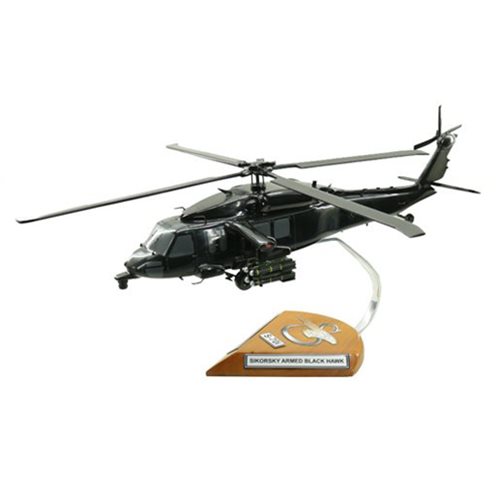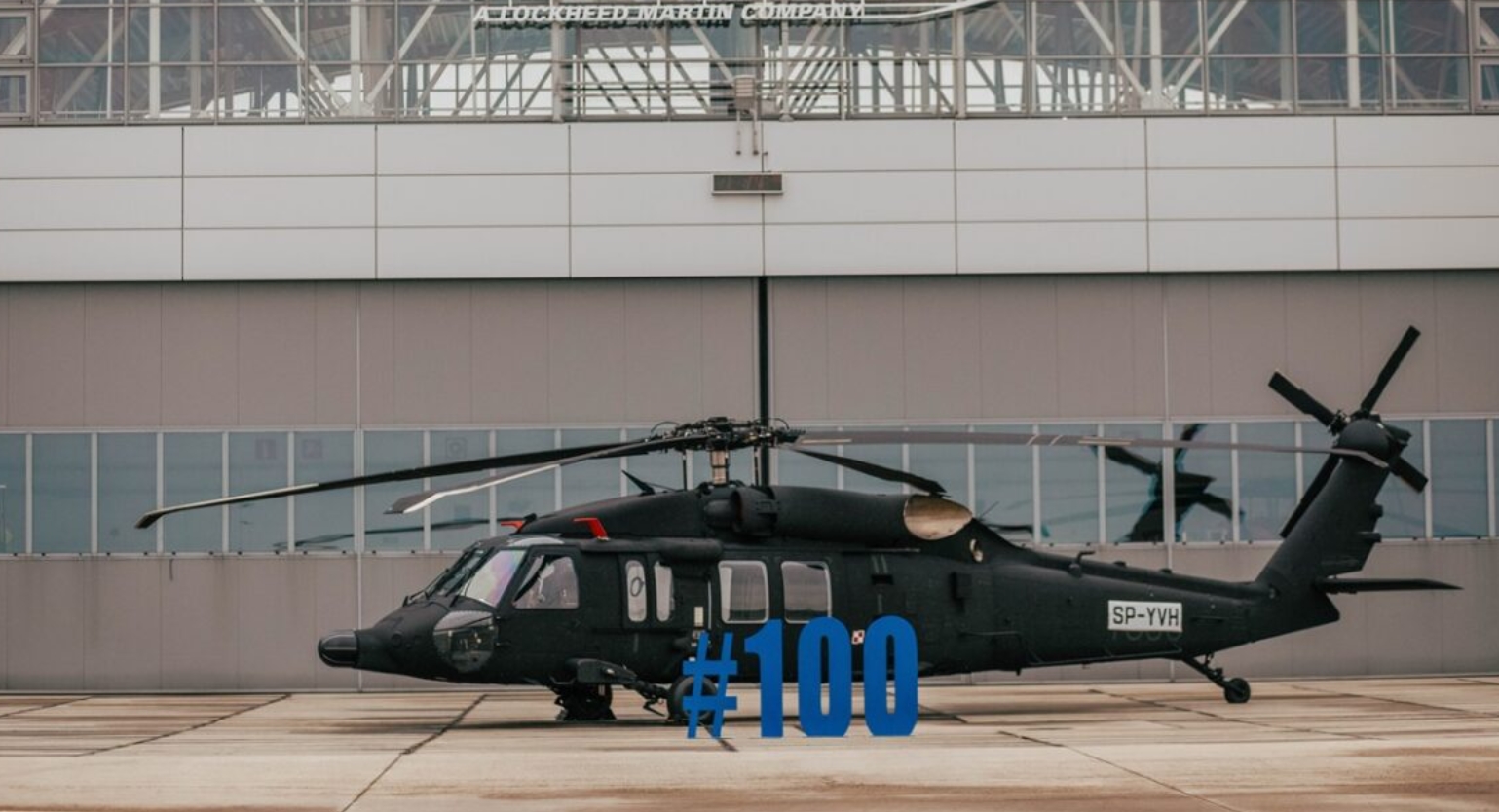The Sikorsky S 70 Helicopter: A Deep Dive into Its Layout and Performance
The Sikorsky S 70 Helicopter: A Deep Dive into Its Layout and Performance
Blog Article
High-Performance Multi-Role Rotorcraft Featuring Advanced Cockpit Technologies and Integrated Sensing Unit Solutions
The world of rotorcraft modern technology has seen significant innovations in recent times, particularly in the realm of high-performance multi-role rotorcraft equipped with sophisticated cabin modern technologies and effortlessly incorporated sensing unit systems. These advancements have not just boosted the operational capacities of rotorcraft but have actually additionally considerably affected contemporary air travel procedures on different fronts. From boosted goal flexibility to enhanced operational effectiveness, the merging of sophisticated cockpit innovations and incorporated sensor systems has actually ushered in a new age of opportunities for rotorcraft applications. In the adhering to conversation, we will certainly explore the evolution of rotorcraft technology, look into the world of innovative cockpit advancements, and check out the implications of incorporated sensing unit systems on the functional convenience and effectiveness of modern-day rotorcraft.
Evolution of Rotorcraft Technology
The development of rotorcraft modern technology has been marked by significant developments in aerodynamics, products, and propulsion systems, shaping the capacities and efficiency of modern rotorcraft. Wind resistant renovations have actually enhanced the performance and ability to move of rotorcraft, allowing for enhanced speed, dexterity, and stability throughout trip (sikorsky s 70). Developments in products, such as the usage of composite materials and progressed alloys, have led to lighter yet stronger rotorcraft structures, boosting general efficiency and durability. Furthermore, advancements in propulsion systems, consisting of a lot more effective engines and innovative propulsion innovations, have actually made it possible for rotorcraft to accomplish greater elevations, faster speeds, and better hauls.
These innovations have not only changed the capacities of rotorcraft but have actually additionally increased their applications throughout different industries, including armed forces, industrial, and emergency solutions. The constant evolution of rotorcraft innovation continues to drive development in the area, pushing the limits of what is possible and shaping the future of vertical flight.
Advanced Cockpit Innovations
Structure upon the fundamental improvements in aerodynamics, materials, and propulsion systems, the realm of rotorcraft innovation currently changes emphasis in the direction of introducing Advanced Cockpit Innovations. The assimilation of advanced innovations within the cockpit atmosphere plays an important role in boosting the functional abilities, security, and efficiency of contemporary rotorcraft. sikorsky s 70. Advanced Cockpit Innovations incorporate a vast array of features made to provide pilots with boosted situational understanding, streamlined data administration, and user-friendly control user interfaces
One of the essential improvements in cabin layout is the application of glass cabins, which replace conventional analog gauges with high-resolution screens. These electronic systems provide adjustable layouts, real-time data integration, and improved readability, making it possible for pilots to access vital information at a look. Advanced avionics systems, such as fly-by-wire controls and increased reality screens, are changing exactly how pilots connect with the airplane, permitting for accurate control and boosted decision-making capacities.


Including advanced cockpit innovations not only enhances pilot efficiency however likewise adds to general objective effectiveness and security in intricate operational environments. By leveraging state-of-the-art technologies within the cabin, rotorcraft manufacturers are setting new standards for functional quality and mission success.
Integrated Sensing Unit Solutions
With the advancement of rotorcraft innovation, the assimilation of advanced Integrated Sensor Equipment has actually ended up being vital in improving operational efficiency and security. These Integrated Sensor Systems encompass a large range of innovations that give critical data for various functions such as navigating, surveillance, targeting, and ecological tracking. By flawlessly incorporating sensors like radars, cams, lidar, and infrared systems right into rotorcraft, drivers can gain from improved situational awareness, boosted mission capacities, and lowered pilot work.
One key advantage of Integrated Sensor Solutions is their ability to gather real-time information and give actionable insights to pilots and mission operators. Progressed radar systems can detect and track targets over long ranges, enabling for early danger discovery and effective response planning. In addition, integrating electro-optical and infrared electronic cameras makes it possible for rotorcraft to perform reconnaissance and monitoring goals with accuracy and precision.
In essence, the integration of cutting-edge sensing unit innovations right into rotorcraft not only enhances functional efficiency however likewise that site contributes dramatically to overall goal success and staff safety. As rotorcraft continue to develop, the function of Integrated Sensor Systems will undoubtedly continue to be at the forefront of technology in the aerospace industry.
Operational Adaptability and Performance
Enhancing operational convenience and efficiency in rotorcraft is a natural development from the assimilation of sophisticated Integrated Sensor Equipments. By leveraging the data and understandings supplied by these sophisticated sensor systems, rotorcraft can maximize their performance throughout different missions and environments.
Operational convenience encompasses the capability of rotorcraft to adjust to various duties and circumstances successfully. With sophisticated cockpit technologies and incorporated sensing unit systems, rotorcraft can seamlessly change between jobs such as search and rescue, clinical emptying, surveillance, and a lot more. This versatility boosts the rotorcraft's capability to meet varied operational requirements without requiring considerable reconfiguration.
Efficiency in rotorcraft operations is vital for optimizing objective efficiency and resource application. Integrated sensor systems play a crucial function in enhancing operational efficiency by offering real-time data on weather, terrain mapping, target tracking, and extra. This data allows pilots to make informed choices swiftly, maximize trip paths, preserve fuel, and boost overall goal efficiency.
Influence On Modern Aeronautics Procedures

In addition, the assimilation of advanced sensing units assists in boosted mission planning and implementation, enabling rotorcraft to a knockout post do a wide variety of jobs with boosted precision. From search and rescue operations to airborne firefighting and law enforcement goals, the capabilities of modern-day rotorcraft equipped with advanced cabin technologies and integrated sensing unit systems are unmatched.
Additionally, the effect of my site these developments expands past functional efficiency to cost-effectiveness and sustainability. By enhancing flight courses, fuel consumption, and maintenance schedules, high-performance rotorcraft equipped with innovative cockpit modern technologies and sensors add to minimizing functional costs and environmental impact, making them indispensable assets in modern aeronautics operations.
Final Thought
To conclude, the high-performance multi-role rotorcraft with innovative cabin technologies and integrated sensor systems stands for a considerable evolution in aeronautics innovation. These innovations improve functional versatility and efficiency, inevitably affecting contemporary air travel operations in a positive way. The combination of these sophisticated modern technologies enables improved abilities and performance in various goal circumstances, showcasing the proceeded advancement of rotorcraft technology in the aeronautics sector.
The world of rotorcraft modern technology has actually seen remarkable developments in current times, particularly in the realm of high-performance multi-role rotorcraft outfitted with sophisticated cockpit innovations and flawlessly integrated sensor systems. From enhanced goal flexibility to improved operational performance, the merging of innovative cockpit technologies and integrated sensor systems has actually ushered in a brand-new period of opportunities for rotorcraft applications. In the complying with discussion, we will check out the evolution of rotorcraft modern technology, dive into the realm of sophisticated cockpit innovations, and take a look at the ramifications of integrated sensor systems on the functional versatility and effectiveness of modern rotorcraft.

Report this page